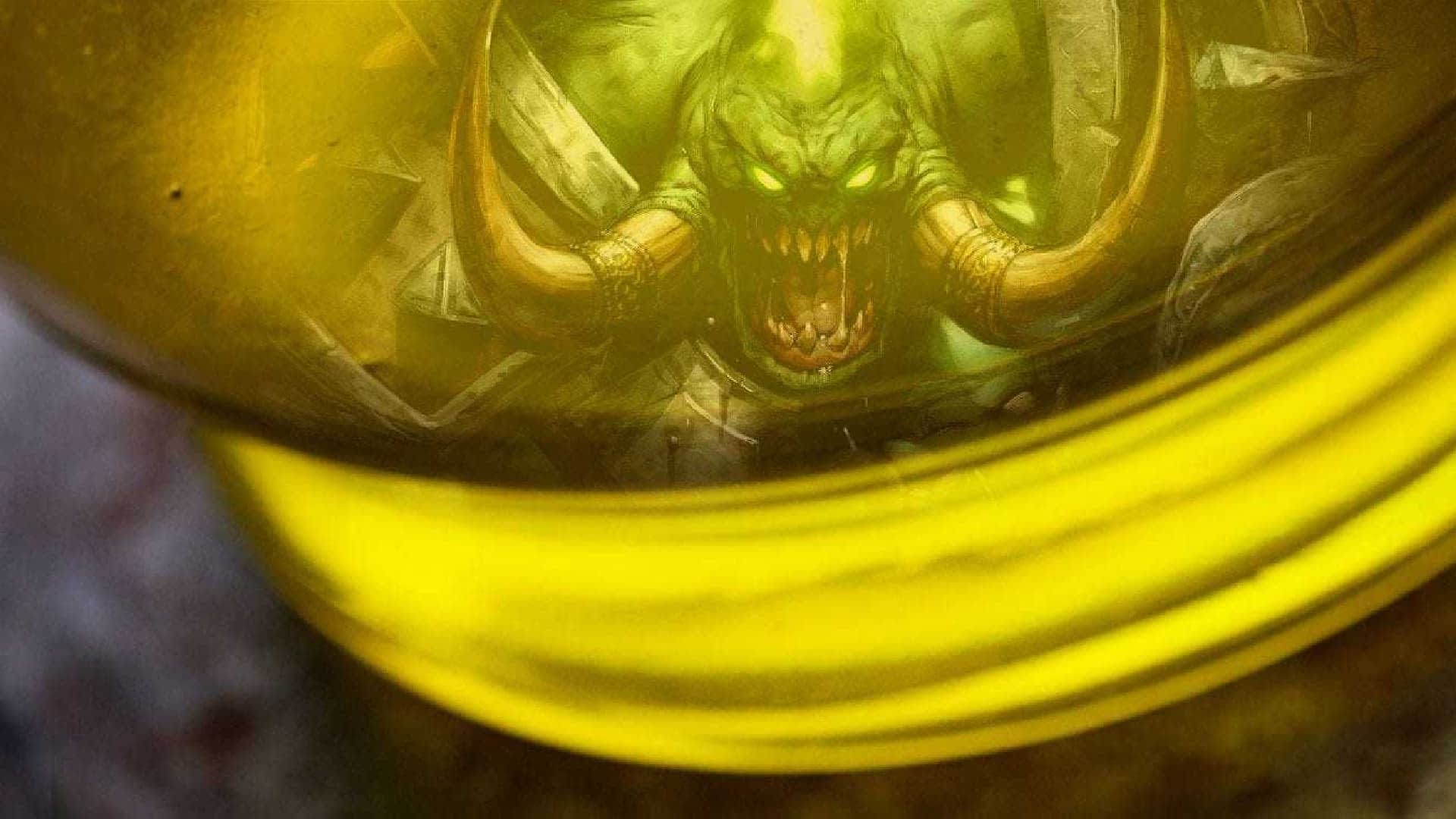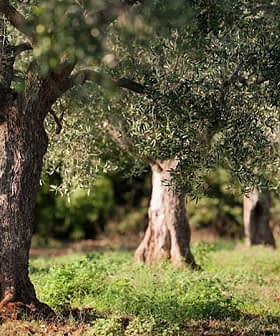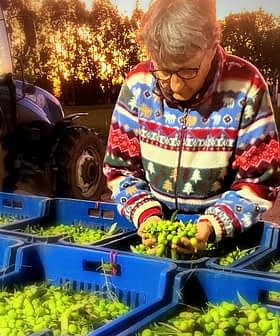 28.9K reads
28.9K readsBasics
Good Oils Gone Bad: Recognizing Olive Oil Defects

The article discusses common defects found in olive oil, focusing on rancidity and fustiness. It emphasizes the importance of using fresh olive oil, recognizing defects through smell and taste, and buying from trusted producers to ensure quality. By educating oneself on olive oil flavors and experimenting in the kitchen, one can fully appreciate the diversity and joy that olive oil brings.
The joy of olive oil lies in its many delightful aromas and flavors — from voluptuous ripe olive to bright green grassy notes and from a soft subtle finish to a zippy peppery kick — there is a world of sensory exploration awaiting the adventurer. But like any great explorer, you will be faced with risks — crocodiles in those placid waters. This is an introduction to the most common defects you will find in olive oil: what they are called, what causes them, and how to recognize their presence.
Any discussion of defects must start with rancidity.
The sad truth is that most people in the US, for example, are accustomed to the flavor of rancid olive oil. Olive oil is no longer an occasional presence in the kitchen so it is time to change that.
Olive oil is a perishable product.
Olive oil tastes best when it is fresh. Think of olive oil on a freshness continuum that goes from just-made, harvest-fresh at one end to completely rancid at the other. How long it takes an olive oil to go from one end of this freshness continuum to the other depends on many factors: storage temperature, exposure to air and light, and the amount of natural antioxidants in the olive oil in the first place. All olive oils, even the finest ones, will get rancid eventually.
This is why you must never hoard olive oil: use it and enjoy it. Waiting for a special occasion to use your good olive oil? How about dinner?
Do you have a clear sense of what rancid oil smells and tastes like?
A good image for many people is the smell of crayons. Another helpful item — something that almost everyone has tasted — is rancid nuts. Rancid is fat gone bad, something we have encountered at some time. On a rancid scale of 0 to 10, almost everyone will notice a 9 or a 10. The trick is to develop the confidence to pick out rancidity when it is a 5, or a 3, or lower. The flavor of rancidity in olive oil is usually accompanied by a greasy mouthfeel; the greasiness is often noticeable first.
Go to your cupboard and pull out the olive oil. How old is it? Is there a “Best By” date? Generally, that date is two years from when it was bottled. Unfortunately, that doesn’t tell you when it was harvested and milled. Harvest date is the most reliable indicator since it tells you when the olive oil was actually made. Sniff it.
Taste it. Crayons? Putty? Old peanuts? Don’t worry about throwing out old olive oil; feel good about it! Don’t be surprised if the purge of your pantry includes not just old olive oil but things like old whole wheat flour (which gets rancid because of the oils in the wheat germ), crackers and cereals.
Olive oil is best consumed within a year of harvest.
Most oils, if unopened and stored in a cool dark place, will still be good for up to two years, but they steadily lose the fresh fruitiness you want in olive oil. Greener harvest, robust olive oils will keep better than delicate ripe ones because of the higher content of compounds called polyphenols in greener oils. You can recognize the presence of these polyphenols because they contribute pepperiness and bitterness to the flavor of an oil. If an oil is delicate and soft, made from ripe olives, then you will want to use it quickly, within six months or a year at the most.
The second most common defect of olive oil is called “fusty.”
Fustiness is caused by fermentation in the absence of oxygen; this occurs within the olives before milling. This is why it is so important for olives to be processed into oil within as short a time as possible after harvest. Olives left to sit in bags or piles for even a few days will produce fusty olive oil.
And what does fusty smell and taste like? Unfortunately, the answer for a lot of people is “olive oil.” For many people in the US and abroad, fusty flavors in olive oil are the norm. When I was training for an olive oil taste panel, I remember vividly the day I poured my usual supposedly extra virgin olive oil into a warm skillet and was enveloped by the smell of fustiness. I threw out that bottle and never looked back.
Now I know that good olive oil smells like fresh green or ripe olives and that the smell I always associated with olive oil was the smell of fermented olives. It’s difficult to come up with a single descriptor for the fusty smell, but some things might help: sweaty socks, swampy vegetation, or too-wet compost heap. A good way to taste an example of the fusty defect involves table olives. Look through a batch of Kalamata-style olives and see if you can find any that are not purple or maroon-black and firm but instead are brown and mushy. Eat one. That is the flavor of fusty.
Rancid and fusty are by far the most common defects of olive oil. Occasionally you may run into a winey-vinegary defect. That is caused by fermentation with oxygen and can be reminiscent of vinegar or nail polish. Another defect that crops up once in a while is musty. Caused by moldy olives, it tastes of dusty, musty old clothes or the basement floor.
How does a shopper use their knowledge of this chamber of horrors?
Start with freshness. Look for dates on olive oil bottles. Try local producers if you are lucky enough to live in an area where olive oil is made. Learn as much as you can about the grower.
Whenever possible, taste before you buy. And if you open a bottle and find it rancid, return it. An ethical producer will do everything they can to get a quality product to you, but they lose control once the bottle is out there in the distribution chain. Buy from people you trust.
By paying more attention to the flavors of olive oil and experimenting in your kitchen and at the table, you will discover the amazing diversity of this wonderful food. Let knowledge and experience embolden you; damn the crocodiles — full speed ahead!









